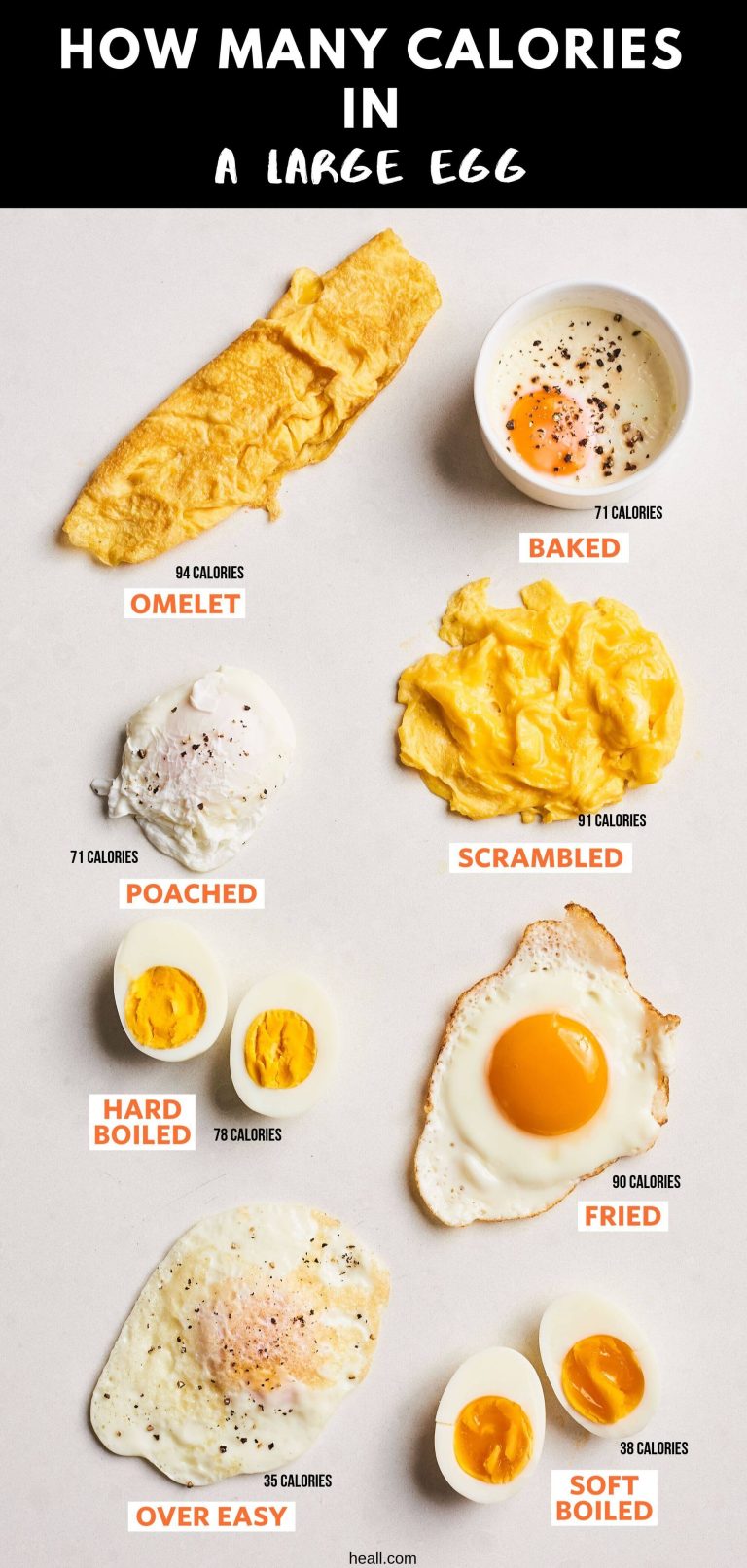
Quick Guide Calories in 2 Scrambled Eggs Simple Recipe
Calories in 2 scrambled eggs can vary; this breakfast staple offers a versatile, protein-rich start. Adjust ingredients to fit dietary needs and taste preferences easily.
Equipment
- Non-stick skillet (8-10 inch)
- Whisk
- Mixing bowl
- Spatula (silicone or rubber)
- Measuring spoons
Ingredients
- 2 large eggs
- 1 tablespoon milk or cream (optional)
- 1/2 tablespoon butter or oil
- Salt and pepper to taste
- Optional toppings: shredded cheese, chopped herbs (chives, parsley), salsa
Instructions
- Step 1: Whisk the Eggs: In a small bowl, gently whisk the eggs with milk or cream (if using), salt, and pepper until the yolks and whites are fully combined and slightly frothy. This step ensures an even cooking process and a light, airy texture.
- Step 2: Heat the Pan: Place a non-stick skillet over medium-low heat. Add butter or oil and allow it to melt and coat the pan evenly. The pan should be hot enough to sizzle gently when a drop of egg mixture is added, but not so hot that it browns the butter quickly.
- Step 3: Cook the Eggs: Pour the egg mixture into the heated pan. Let it sit undisturbed for about 30 seconds, allowing a thin layer to set around the edges.
- Step 4: Scramble Gently: Using a spatula, gently push the cooked egg from the edges towards the center of the pan, tilting the pan to allow the uncooked egg to flow underneath. Continue this process until the eggs are mostly set but still slightly moist. Avoid over-stirring, as this can result in dry, rubbery eggs.
- Step 5: Finish and Serve: Remove the pan from the heat. The residual heat will continue to cook the eggs to your desired consistency. Sprinkle with optional toppings like cheese or herbs. Serve immediately and enjoy. Optional tips: For richer scrambled eggs, use cream cheese or sour cream. For a spicier kick, add a dash of hot sauce. To prevent sticking, ensure the pan is adequately heated before adding the eggs.
Notes
Variations
Scrambled eggs offer a versatile canvas for culinary creativity. Numerous ingredient swaps, regional styles, and dietary adaptations exist to cater to diverse preferences.
- Ingredient Swaps: Experiment with dairy alternatives such as almond or soy milk for a lactose-free option. Cheese varieties can range from sharp cheddar to creamy goat cheese. Vegetable additions may include spinach, mushrooms, onions, or bell peppers. Smoked salmon, chorizo, or bacon bits can enhance the flavor profile.
- Regional Twists: Incorporate Southwestern flair with diced tomatoes, green chilies, and pepper jack cheese. Mediterranean influences can be achieved with feta cheese, olives, and oregano. Italian inspiration comes alive with parmesan cheese, sun-dried tomatoes, and basil.
- Dietary Adaptations: For a lower-calorie option, egg whites can be used exclusively, significantly reducing fat and cholesterol content. Adding flax seeds or chia seeds increases fiber and omega-3 fatty acids. For those following a ketogenic diet, avocado and full-fat cream provide healthy fats.
Serving Suggestions
Scrambled eggs are appropriate for various occasions, typically served for breakfast or brunch. They pair well with whole-wheat toast, muffins, or biscuits. Fresh fruit, such as berries or melon, complements the savory flavor. Scrambled eggs can also be incorporated into breakfast burritos or served alongside breakfast meats like bacon, sausage, or ham. They can also be enjoyed as a light lunch or dinner.
Storage Tips
Cooked scrambled eggs are best consumed immediately for optimal texture and flavor. If storage is necessary, allow the eggs to cool completely before placing them in an airtight container. Refrigeration should occur within two hours of cooking. Stored scrambled eggs are generally safe to consume within 1-2 days. Reheating can be done in a microwave or skillet over low heat; however, the texture may become slightly rubbery. Freezing scrambled eggs is not recommended, as it significantly alters the texture.
Frequently Asked Questions
- Question 1: Can I add vegetables to my scrambled eggs?
Adding finely chopped vegetables such as spinach, onions, bell peppers, or mushrooms is an excellent way to boost the nutritional value of scrambled eggs. Saut the vegetables lightly before adding the egg mixture. - Question 2: How can I prevent my scrambled eggs from becoming dry?
Avoid overcooking the eggs. Cook them over medium-low heat and gently stir them until they are mostly set but still slightly moist. The residual heat will finish the cooking process. - Question 3: Can I use egg whites only?
Yes, using egg whites reduces the fat and cholesterol content. Expect a slightly different texture, as egg whites lack the richness of the yolk. - Question 4: How do I make creamy scrambled eggs?
Adding a tablespoon of milk, cream, or sour cream to the egg mixture before cooking will result in creamier scrambled eggs. Cook over low heat and stir gently to prevent overcooking.